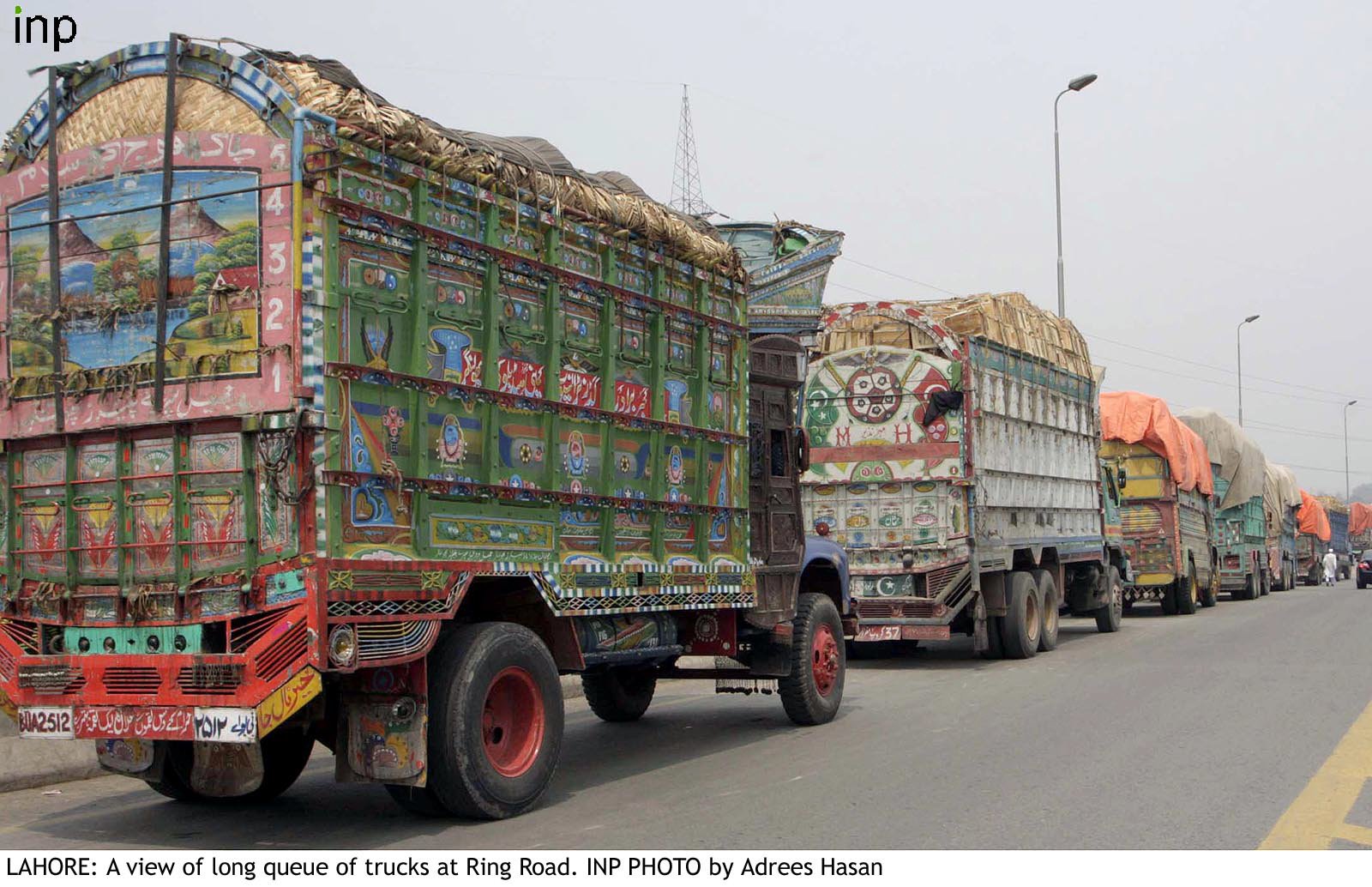
LAHORE:
Trade with India is a subject which various traders and industrialists discuss and mould in their favour. Though, the bilateral trade with India via the Wagah border is happening and is expected to increase in the future, but without infrastructure development bilateral trade is bound to fall.
Hence, development of infrastructure needs great attention, and swift progress is needed to cater the growing bilateral trade volumes in the future.
The major attraction for traders on both the sides is quick delivery of goods across the border and lower freight costs compared to the cost of trade incurred with other countries. The road network is somewhat satisfactory; however, the rail networks are not. Infrastructure at the Wagah border is incapable of catering current cargo loads, which often results in delays and wastage of perishable goods that India and Pakistan usually trade.
“Everyone talks about Indo-Pak trade, but very few question insufficient facilities at the dry port. The growth in bilateral trade is directly linked with infrastructure facilities, which we lack,” said Aftab Ahmad Vohra, member of Pak-India Trade Promotion Committee of the Lahore Chamber of Commerce and Industry, while talking to The Express Tribune.
Dry ports are crucial, but unfortunately, Pakistan is not ready to trade with India via road or rail, Vohra said. Currently, for the 137 items that Pakistan trades with India, the whole port and adjacent arteries get overloaded, and hardly 300 trucks can be accommodated. Due to this traffic jam, attaining clearance for goods gets delayed during the custom’s scanning process.
Suggesting a solution, Vohra said that at the current stage, the government should allow at 50% representation of the private sector to handle port matters to streamline the process.
“Operational matters should be given to the private sector as they have more technical knowhow and experience than the governmental department in running the port. The private sector will invest in infrastructure more efficiently than the governmental departments just like they did at the Sialkot dry port,” Vohra added.
Business community, on both sides of the border, expects that bilateral trade which currently stands at $2.4 billion can touch $10 billion in a few years, if traders are provided with better and more modern infrastructure, which will take at least five years to build if started on a priority basis.
The business community says that container shipments should be allowed at the border, which will significantly bolster trade. However, to accommodate such quantum of trade Pakistan and India both will have to open more trade gates in the future.
Out of the total 7,500 tradable items between India and Pakistan, only 1,209 were banned while the rest can be imported by Pakistan from India.
The business community from the both the countries feels that the border points will achieve significance once Pakistan allows India to transport goods to central Asia through Pakistan. However to even dream this, the government must be willing to spend on infrastructure development at the trade gates.
The world is segmented into different regional blocks such as the European Union, Association of Southeast Asian Nations and North American Free Trade Agreement to bolster trade between regional members, Vohra said.
Unfortunately despite being neighbours and in the same regional block South Asian Association for Regional Cooperation, trade between India and Pakistan was only 4% of the total bilateral trade between the Saarc block. This could potentially go beyond $10 billion in future as the government of both the countries seem very much eager.
“Infrastructure on the Indian side is impressive and modern. We also need to attain at least to that level, if we want Pakistan to grow,” Vohra added.
Published in The Express Tribune, June 30th, 2013.
Like Business on Facebook, follow @TribuneBiz on Twitter to stay informed and join in the conversation.
COMMENTS (9)
Comments are moderated and generally will be posted if they are on-topic and not abusive.
For more information, please see our Comments FAQ





































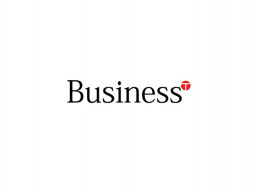
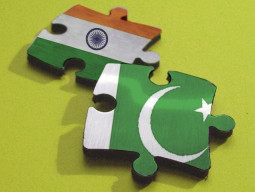

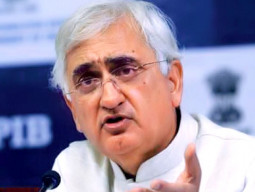
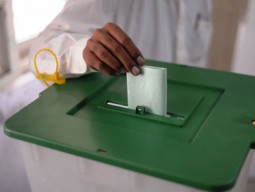

























@Aschraful Makhlooq:
First of all ,you should start respecting the Shias ,Baluchis ,Hazaras of Pakistan and then talk of Kashmir. You do remember 1971 or do i need to refresh your memory
"@Bharat:Trade will help both nations.Its important for Pakistan to realise now that the gulf states are no brothers to Pakistan" India is also not well-wisher of Pakistan and leave no stone unturn to harm Pakistan whenever gets opportunity "What exactly will you gain by bringing Kashmir into the picture?Even a free Kashmir will not help Pakistan at all". This is your greatest ever misconception because we want to see Kashmir as an independent state or at least according to the wishes of Kashmiri muslims either they want to affiliate with India or Pakistan or they want their own separate homeland......
Trade will help both nations.Its important for Pakistan to realise now that the gulf states are no brothers to Pakistan,instead have only used Pakistan for its own benefit.
In this world,everything is based on money,its a harsh fact but we must admit it.
India - Pak should gain mutually by this trade.
What exactly will you gain by bringing Kashmir into the picture ?
Even a free Kashmir will not help Pakistan at all.
@Aschraful Makhlooq: Come on, how long do you wish to live on hand outs from US/China/SA/IMF and EU?
@Aschraful Makhlooq: We don't care if you trade with us or not.But you are in desperate to trade with India, as it also enhance your pharmaceutical,automobile,IT industries etc which ultimately benefit your population.
Without resolving Kashmir issue bilateral trade and relations/ties with India both shall fall.......
I don't understand why ET wants to trade with India we should trade with our brothers in the Gulf.
Vohra and Muslim..hmmm
If india starts trading with pakistan then there local market will get doomed.